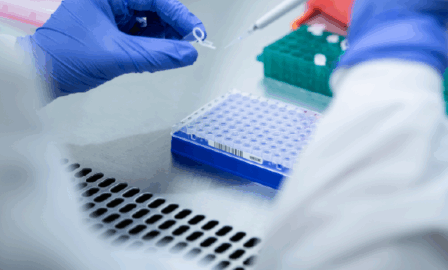Lab Automation Strategy Assessment for a CDMO
Clarkston Consulting recently partnered with a CDMO on a lab automation strategy assessment. Read a synopsis of the project below or download the full case study.
Download the Lab Automation Strategy Assessment Case Study Here
Clarkston Consulting conducted a Lab Automation Strategy Assessment for one of the biggest global Contract Development and Manufacturing Organizations (CDMO). The client has more than 50 years of experience in delivering trusted services for personalized medicine and pharmaceutical companies, consumer health, and animal health products. The company works with clients in close collaboration on drug formulation development and delivery technology, including assisting with the drug approval process by the FDA, with a clear goal to achieve reduced costs and faster production.
With fast-growing competition in the pharmaceutical industry, the client was eager to enhance its digital technology to close quality gaps and optimize its business processes during the manufacturing cycle. As a result of this digital enhancement, the company would help its clients increase production efficiency, leading to lower costs and higher ROI.
As a first step toward their goal, the company partnered with Clarkston in a 12-week assessment using Clarkston’s Assessment Methodology, leveraging industry and laboratory expertise and best practices to analyze and research the opportunities for improvement, develop recommendations, and provide guidance for process optimization. The company also wanted to make lab work more efficient by simplifying methods with LIMS software processes and workflows, which would reduce human errors and improve data accuracy, leading to cost reductions.
During the laboratory automation assessment process, Clarkston conducted interviews with stakeholders from every business unit, analyzing documentation and operations against industry standards. Gaps and pain points were identified, and a deployment strategy to optimize laboratory capabilities was developed. In addition to analyzing individual stakeholder interviews as a part of the lab automation strategy assessment, each department’s laboratory was also analyzed separately to ensure that the recommended lab digital architecture and capabilities were fit for purpose.
As a result of Clarkston’s work, a recommended strategy was developed for each business unit, by plant maturity level, showing the individual approach to the different departments of the laboratory: Biologics, Cell & Gene therapy, Research & Development, and others.
Download the Lab Automation Strategy Assessment case study, and learn more about our Lab Automation Consulting Services by contacting us below.
Contributions by Roderick Anderson and Katya Berd



